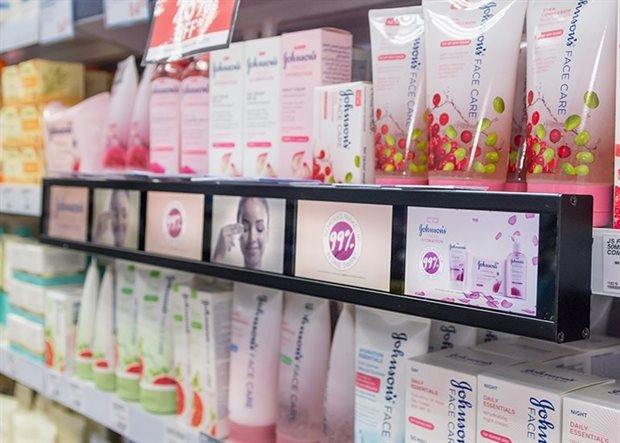Effectively integrating digital and real-world retail

Contrary to popular belief, digital is not purely limited to the internet, virtual reality, and the like. Instead, it encompasses a different approach to business (in our case retail) from what has come before. Some stores might use branding solutions that are screen-driven whilst others embrace hologram displays. Whatever the method, digital in retail involves more than just plugging something in and hoping for the best.
In fact, this is one of the most significant mistakes any brand or retailer can make – thinking that throwing digital solutions at the market will be a silver bullet option that can fix many pain points. The reality could not be further from the truth. As with any new intervention, whether it is in-store or online, digital or physical material, there needs to be a strategic reason for it. If an approach does not fit into a unified message that talks to consumers on multiple levels, it will fail.
Instant gratification and integration
Fundamentally, shoppers (in any market) have become spoiled. The instant gratification culture that has evolved from our connected environments mean people expect to browse, research, buy, and receive anything they want at the click of a button (or swipe of a finger). Irrespective the product or brand, they want an integrated experience.
If they go into the retail environment, they want a smooth transition from the digital (experience) into the physical. They even expect brands and retailers to provide a more customised value proposition based on their loyalty and past purchases.
While there is nothing wrong with these expectations, the rate at which they have emerged have taken many brands and retailers by surprise. Being able to adapt and evolve is critical to retail success. Even in a developing country like South Africa, the ubiquity of mobile devices mean customers can access information from almost anywhere. Add the ability to use instant payment options, not requiring a credit card and you have an environment ripe for innovation.
Temporary pop-up stores have become par for the course in shopping centres and strip malls. Digital screen advertising that features messaging which can be tailored to suit shoppers relevant to different times of day (for example, pensioners in the mornings, and families after the school run in the afternoons) are all vital components of this digital disruption.
Creating a complementary experience
Retailers and the brands they represent must more efficiently integrate the online and real-world environments. There will always be a need for a store – after all, this is where people experience the products first-hand – but online can be used to create a complementary experience. Those who achieve this mix in a way that consumers connect with, will certainly thrive.
Digital disruption can create opportunities for retailers and brands to grow in the current market. And in a competitive environment such as South Africa, there are some interesting years ahead.





















